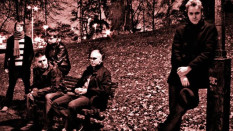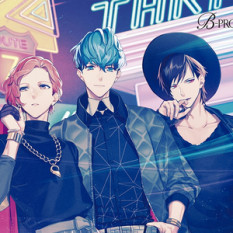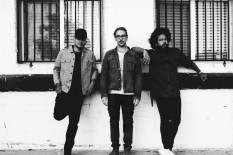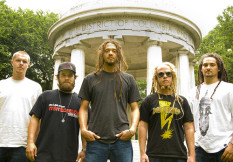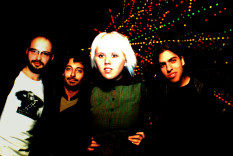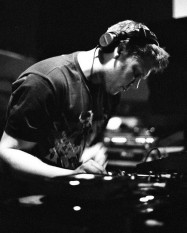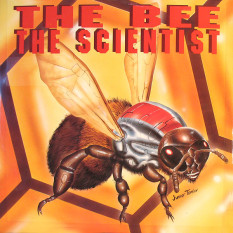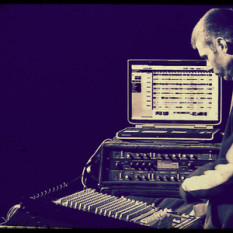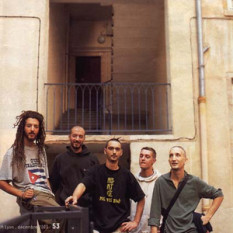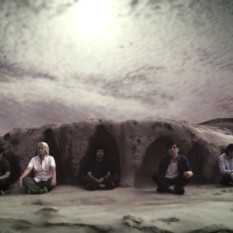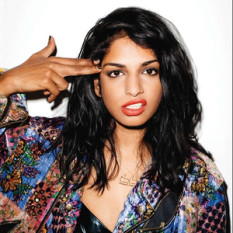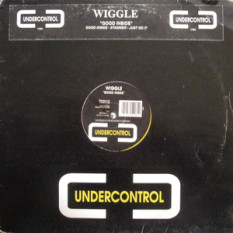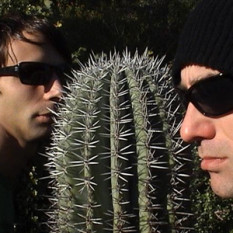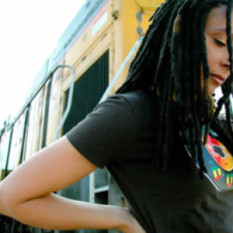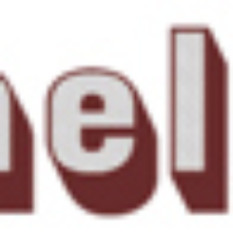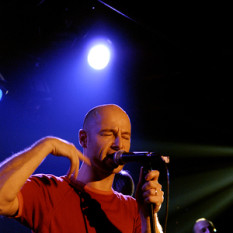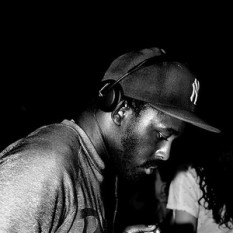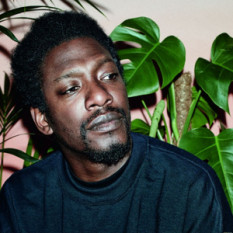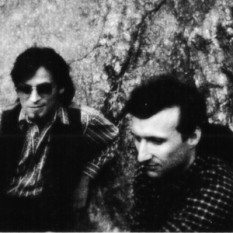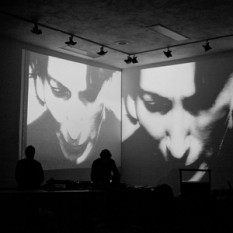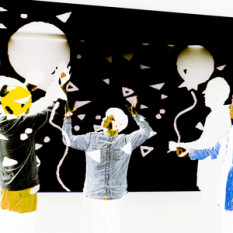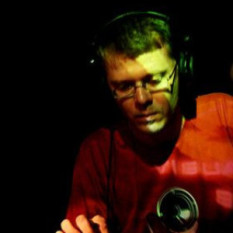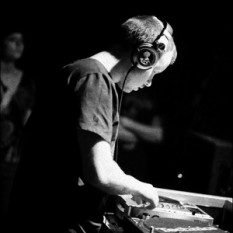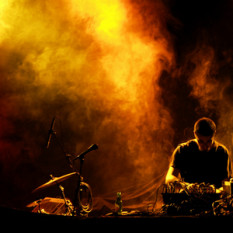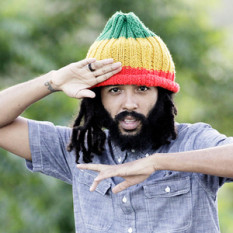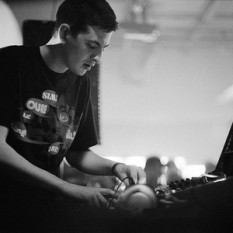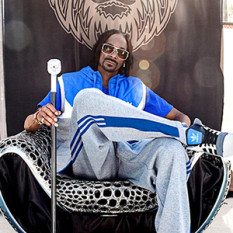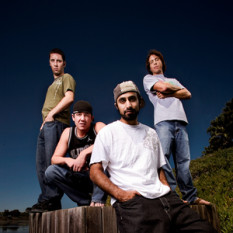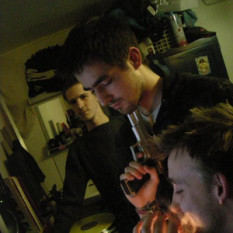Dub is a form of music which evolved out of reggae in the late 1960s, even if it not "sounded" dub until a few years into the 1970s. The dub sound consists predominantly of instrumental remixes of existing recordings and is achieved by significantly manipulating and reshaping the recordings, usually by removing the vocals from an existing music piece, emphasizing the drum and bass frequencies or 'riddim', adding extensive echo and reverb effects, and dubbing occasional snippets of lyrics from the original version.
It is widely accepted that Jamaican musicians Osbourne "King Tubby" Ruddock, and Lee "Scratch" Perry pioneered the style in the 1960s and early 1970s. Ruddock and Perry each called upon the mixing desk as an instrument, with the deejay or "selector" playing the role of the artist or performer. These early 'dub' examples can be looked upon as the prelude to many dance and pop music genres.
Today, the word 'dub' is used widely to describe the re-formatting of music of various genres into typically instrumental, rhythm-centric adaptations.
Character
Dub music is characterized as a "version" or "double" of an existing song, often instrumental, using B-sides of 45 RPM records and typically emphasizing the drums and bass for a sound popular in local sound systems. The instrumental tracks are typically drenched in sound processing effects such as echo, reverberation, part vocal and extra percussion, with most of the lead instruments and vocals dropping in and out of the mix. Another hallmark of the dub sound is the massive low-pitched bass guitar. The music sometimes features processed sound effects and other noises, such as birds singing, thunder and lightning, water flowing, and producers shouting instructions at the musicians. It can be further augmented by live DJs. The many-layered sounds with varying echoes and volumes are often said to create soundscapes, or sound sculptures, drawing attention to the shape and depth of the space between sounds as well as to the sounds themselves. There is usually a distinctly organic characteristic of the music, even though the effects are electronically created.
Often these tracks are used for "toasters" rapping heavily-rhymed and alliterative lyrics. These are called "DJ Versions". As opposed to hip hop terminology, in reggae music, the person with the microphone is called the "DJ" or "deejay", elsewhere referred to as the "MC". (Abbreviating "Master of Ceremonies", "Microphone Commander" or "Mic Control"; this term varies regionally and demographically). Additionally in reggae, the person choosing the music and operating the turntables is the "selector" (elsewhere called the DJ).
A major reason for producing multiple versions was economic: a record producer could use a recording he owned to produce numerous versions from a single studio session. A version was also an opportunity for a producer or remix engineer to experiment and vent their more creative side. The version was typically the B-side of a single, with the A-side dedicated to making a popular hit, and B-side for experimenting and providing something for DJs to talk over. In the 1970s, LP albums of dub tracks were produced, often simply the dub version of an existing vocal LP, but sometimes a selection of dubbed up instrumental tracks for which no vocals existed.
History
Dub music evolved from early instrumental reggae music and "versions" that incorporated fairly primitive reverb and echo sound effects.
In 1968, Kingston, Jamaica sound system operator Ruddy Redwood went to Duke Reid's Treasure Isle studio to cut a one-off dub plate. Engineer Byron Smith left the vocal track out by accident, but Redwood kept the result and played it at his next dance with his deejay Wassy toasting over the rhythm.
Errol Thompson engineered the first strictly instrumental reggae album entitled The Undertaker by Derrick Harriott and the Crystalites released in 1970. This innovative album credits "Sound Effects" to Derrick Harriott.
Whilst some have tried to attribute the "invention" of dub music to just one person, by 1973, instrumental reggae "versions" from various studios had evolved into "dub" as a sub genre of reggae. Through the simultaneous efforts of several independent Jamaican innovators, these competitive engineers and producers worked hard to leapfrog each other with each subsequent dub release with no single person being able to claim all the credit for the origination of "dub" as a genre.
In 1973, at least two producers, Lee "Scratch" Perry and the Aquarius studio engineer/producer team of Herman Chin and Errol Thompson simultaneously recognized that there was an active market for this new "dub" sound and consequently they started to release the first strictly 100% dub albums. Lee Perry released Blackboard Jungle Dub in the Spring of 1973. It is considered a landmark recording of this genre.
In 1975, Keith Hudson released his classic Pick A Dub, widely considered to have been the first deliberately thematic dub album, with tracks specifically mixed in the dub style for the purpose of appearing together on an LP; and King Tubby released his two debut albums King Tubby Meets the Upsetter at the Grass Roots of Dub and Surrounded by the Dreads at the National Arena.
.

